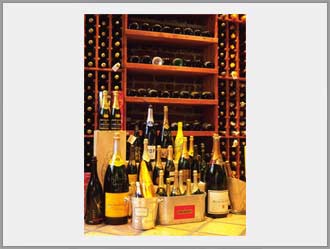Daniel Burnham? But he’s from the Midwest. What’s he doing in San Francisco?
With a whopping 50 years of statehood under its belt, early 20th century San Francisco was the biggest port, the biggest industrial center, and in fact the biggest city on the west coast. Nearly half a million people were San Franciscans (up from around 500 in the 1840s). Former mayor James Phelan and other civic boosters wished to bask in the proper international recognition of our greatness. In 1903, they hired the world’s greatest urban planner (Daniel Burnham) to show us how to make San Francisco the Paris of the Pacific.
When it was unveiled, six months before the great quake-fire of April 06, Burnham's plan was clearly too costly to implement. Too many buildings would need to be destroyed in order to create the broad Champs Elysees-like avenues, the spiraling roads that would climb the hills, the grand amphitheatre and parks.
But then, voila, the city burned down. 28,000 buildings were destroyed. The perfect opportunity to start over from scratch, right? Wrong.
Each day needed for construction, was a day that businesses weren’t earning income. Private parties needed to rebuild ASAP. The city’s tax base was destroyed (and the credibility of its politicians was in the basement—but that’s another story for another day). With a reduced city budget, public projects were out of the question. Burnham’s plan was largely ignored.
But the plan had its merits, apparently sufficient merits for Mr. Burnham’s name to grace this little street. (Actually, San Francisco’s civic center—combining politics and the arts—was the one part of the plan that we followed. Thus, it's not incorrect the D. Burnham Ct. should be near civic center.)
(For a great bio of Burnham, check out the New York Times bestseller
Devil in the White City—author Eric Larson manages to transform a rather dull topic (project management for the 1893 Chicago World’s Fair) into a fascinating page-turning read, by juxtaposing Burnham’s story with the nationalenquireresque but true story of contemporary serial killer Herman Webster Mudgett, aka H. H. Holmes.)
(
Map)






